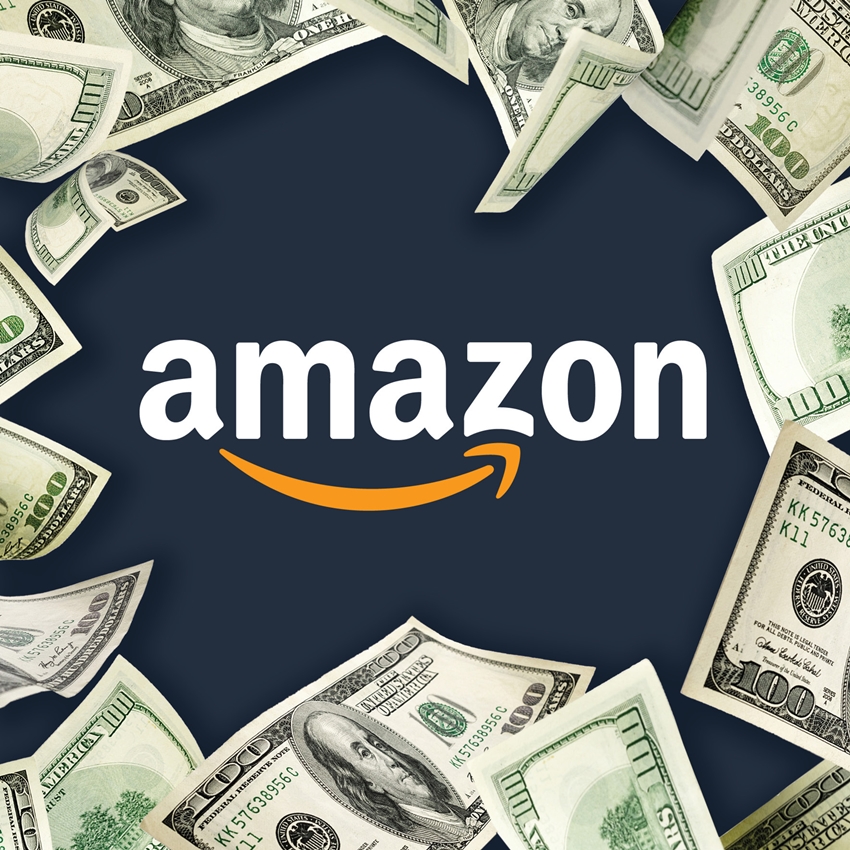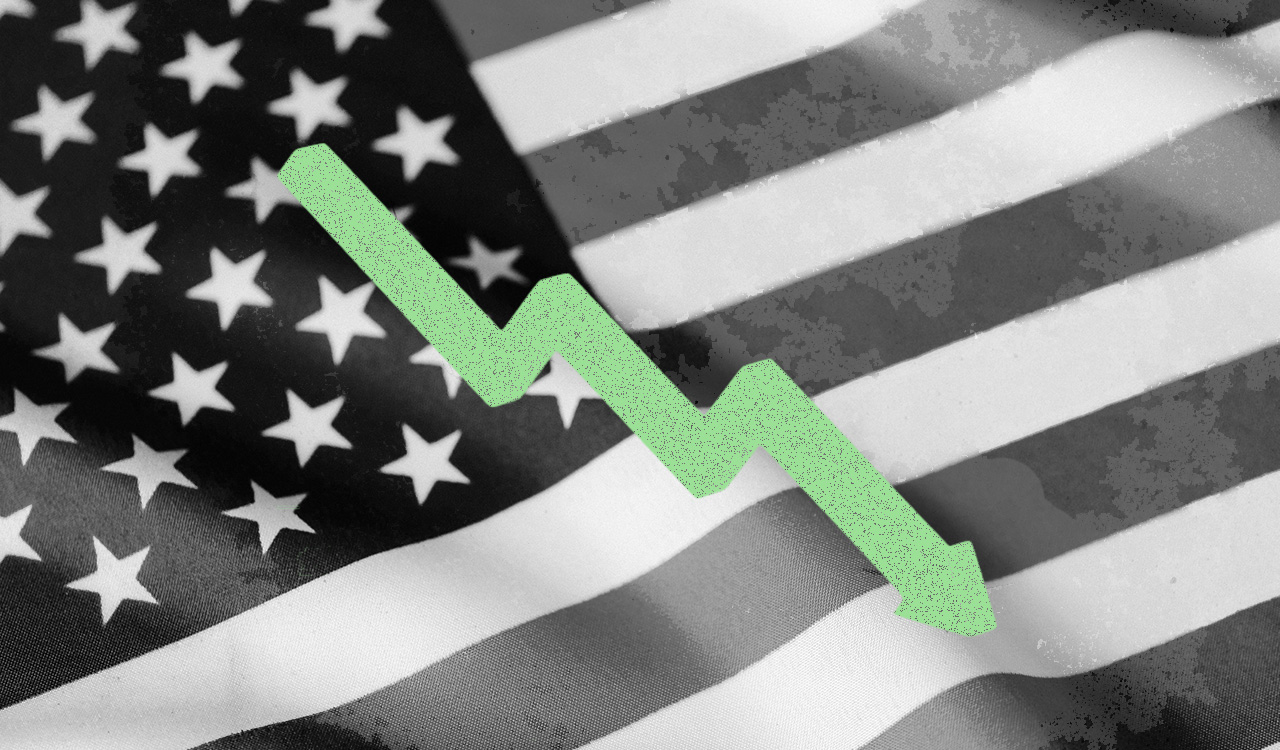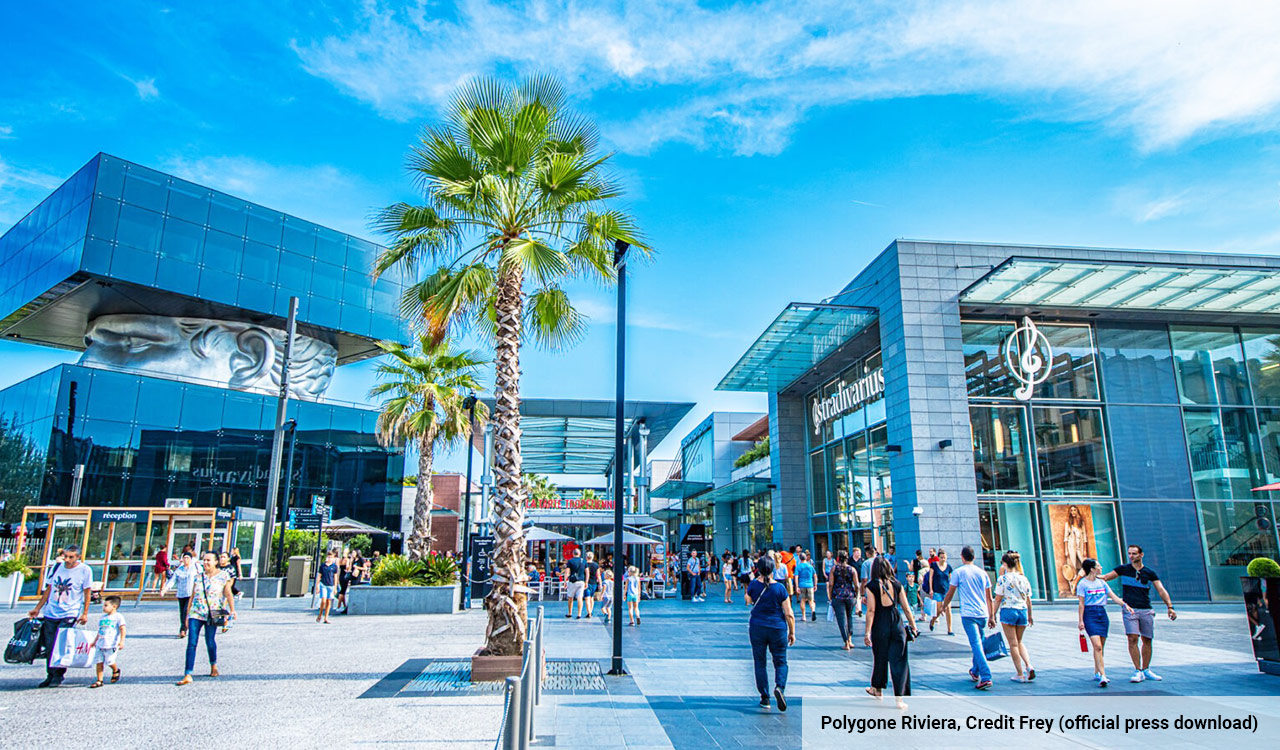To nobody’s surprise, the Covid-19 pandemic gave Amazon a huge market share boost. So far, the ecommerce giant has been able to maintain most of its pandemic share gains even as consumer shopping patterns have started to normalize.
However, the combination of surging costs and slowing growth are taking a severe toll on profit margins. The rising pressure on Amazon’s core ecommerce profitability raises serious questions about the financial sustainability of its business model.
Red Ink Piling Up for the Retail Business
In late April, Amazon reported that its first-quarter operating income plunged to $3.7 billion from $8.9 billion a year earlier. Meanwhile, year-over-year sales growth slowed to 7 percent.
[callout]Whereas many retailers are benefiting from a channel shift from ecommerce back towards stores (providing a margin tailwind at least partly offsetting cost inflation), Amazon’s lack of brick-and-mortar success and its emphasis on ultra-fast deliveries are aggravating the impact of inflation on its cost structure. That has left the ecommerce leader with no particularly attractive strategic options.[/callout]
These results fell within the guidance ranges Amazon had provided in early February. But the deterioration in Amazon’s profitability still shocked the market. The company has typically provided very conservative earnings guidance, so many analysts and pundits were expecting much higher profits.
Amazon’s subpar results were particularly surprising because its Amazon Web Services cloud computing business continues to shine. AWS posted a record $6.5 billion segment profit last quarter: up 57 percent year over year. Meanwhile, the rest of Amazon’s business lost nearly $3 billion, consisting of a $1.6 billion operating loss in North America and a $1.3 billion operating loss in the international segment.
The losses in Amazon’s core business last quarter weren’t a fluke, either. Profitability began to deteriorate rapidly in the second half of 2021. By the fourth quarter of last year, the North America and international segments were both losing money. Amazon’s streak of dismal results is set to continue this quarter. Even the high end of its Q2 earnings guidance calls for operating income to fall more than 60 percent year over year to $3 billion.
Fulfillment Costs Are Soaring
Rapidly rising fulfillment and delivery costs largely explain Amazon’s deteriorating profitability. Excluding AWS, Amazon’s revenue increased just 3 percent year over year in the first quarter, reaching $98 billion. But combined fulfillment and delivery costs jumped 18 percent to just shy of $40 billion: an increase of more than $6 billion.
That’s clearly unsustainable. Fulfillment and delivery costs as a percentage of sales (excluding AWS) increased by more than 500 basis points year over year last quarter. This accounted for the bulk of Amazon’s profit decline.
To be fair, Amazon attributed $4 billion of incremental costs to overstaffing and excess fulfillment network capacity. Management sees those as short-term inefficiencies that will fade as the business grows into its current staffing and fulfillment footprint.
Yet even if some of these cost headwinds will soon start to fade, others are ramping up. Labor costs continue to rise, and a unionization drive at Amazon warehouses could add to the pressure there. Meanwhile, fuel prices have increased dramatically compared to January and February, so delivery cost pressures will get worse in the near term.
Boxing Itself In
It’s no secret that the Prime membership program has been the biggest driver of Amazon’s long-term growth. When it introduced Prime in early 2005, Amazon still mainly sold books and other media, and annual revenue was less than $7 billion. Since then, the company has used the allure of fast, free shipping with no order minimum to convince hundreds of millions of consumers worldwide to shift much of their spending across a wide range of product categories to Amazon. That has helped it add hundreds of billions of dollars to its top line.
Yet that growth has come at a cost. At the time of the Prime launch, Jeff Bezos described the program as “expensive for the Company in the short-term.” It is proving even more expensive in the long term. Over time, Amazon has added many bulky products to its merchandise mix while accelerating Prime delivery speeds from two days to next-day or even same-day service, driving up fulfillment and delivery costs.
In effect, Amazon has trained consumers to demand ultra-speedy deliveries, but not to pay for that service (except through an annual fee). In reality, though, delivering goods to consumers’ doorsteps is not free. On the contrary, it’s more expensive than the traditional brick-and-mortar model.
As a result, Amazon loses money on many orders. As a consumer, it’s convenient to be able to order a single $5 item and have it delivered the next day for free. But there’s no way for Amazon to cover its costs on an order that small. That puts it in an awkward situation where it potentially makes less money as Prime members make more purchases on Amazon.
No Easy Solutions
Amazon is already taking steps to offset cost inflation. During the first quarter, it raised the price of an annual Prime subscription from $119 to $139 and the price of a monthly plan from $12.99 to $14.99 in the U.S. In April, it implemented a new 5 percent surcharge for third-party sellers that participate in the Prime program via the Fulfillment by Amazon service.
These moves may help bolster Amazon’s profitability in the quarters ahead. On the flip side, Amazon risks an uptick in subscriber churn by raising prices just as consumers are facing higher costs for basic necessities and the chance of a recession is rising.
Charging sellers additional fees might seem like a better bet. Many third-party merchants selling on Amazon don’t have any viable alternative sales channel. But if they can’t pass their higher costs through to customers, those sellers will ultimately be forced out of business, denting Amazon’s future growth.
This highlights the bind Amazon has put itself in. Whereas many retailers are benefiting from a channel shift from ecommerce back towards stores (providing a margin tailwind at least partly offsetting cost inflation), Amazon’s lack of brick-and-mortar success and its emphasis on ultra-fast deliveries are aggravating the impact of inflation on its cost structure. That has left the ecommerce leader with no particularly attractive strategic options.
Waiting for the Future?
Amazon’s leadership may view today’s concerns about rising costs as transitory. The company has been investing in advanced robotics technology for a decade. Over time, that could make its fulfillment operations less labor intensive. Amazon has also made a big commitment to electric delivery vehicles, which will reduce the impact of fuel prices on its bottom line (not to mention being better for the planet). Finally, as autonomous trucks and delivery vehicles become available, delivering packages will become far cheaper.
However, nobody is producing electric trucks or delivery vehicles at scale today. It will probably take over a decade for Amazon to fully electrify its delivery fleet, simply due to supply constraints. Autonomous delivery vehicles aren’t ready for primetime, either.
Thus, Amazon’s thorny cost problem isn’t going away anytime soon. And the arrival of electric and autonomous delivery vehicles at scale won’t be a panacea, either. Other retailers will have access to the same technology and could use autonomous vehicles to cost-effectively fulfill and deliver ecommerce orders from their existing stores within hours.
Moreover, after reliably generating positive cash flow for many years, Amazon has burned through nearly $20 billion over the past year. For now, it has plenty of cash, but its recent cash burn adds urgency to the company’s underlying need to fix its profitability problem. Amazon’s response to this conundrum (e.g., raise prices further, cut costs, reduce investment, etc.) will have huge ramifications for the broader retail industry over the next decade.




